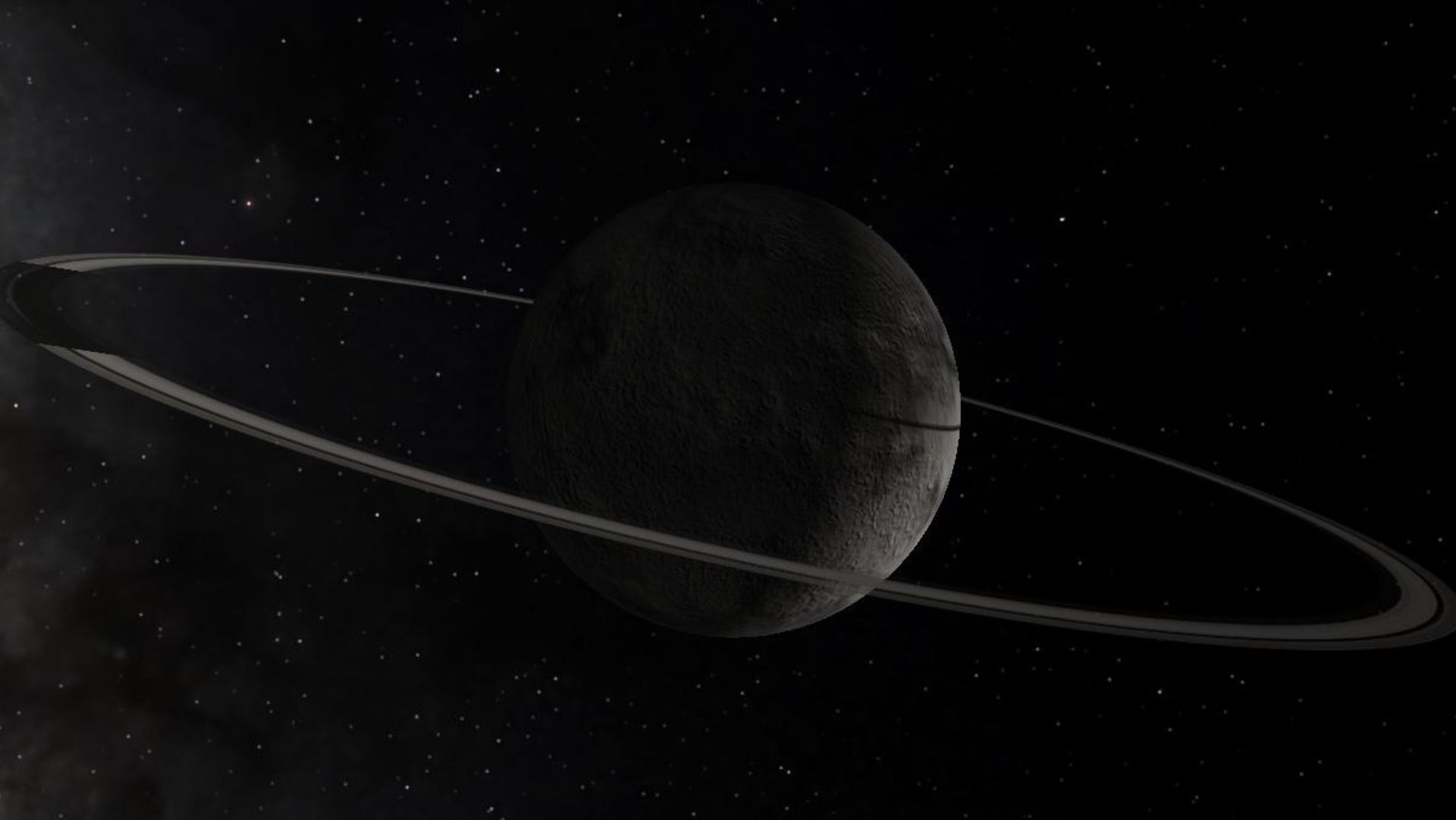Of course, the trick is that you only send out the warning if there’s an actual earthquake, and not when a truck is passing by. Here, the sheer volume of Android phones sold plays a key role. As a first pass, AEA can simply ignore events that aren’t picked up by a lot of phones in the same area. But we also know a lot about the patterns of shaking that earthquakes produce. Different waves travel at different speeds, cause different types of ground motion, and may be produced at different intensities as the earthquake progresses.
So, the people behind AEA also include a model of earthquakes and seismic wave propagation, and check whether the pattern seen in phones’ accelerometers is consistent with that model. It only triggers an alert when there’s widespread phone activity that matches the pattern expected for an earthquake.
Raising awareness
In practical terms, AEA is distributed as part of the core Android software, and is set to on by default, so it is active in most Android phones. It starts monitoring when the phone has been stationary for a little while, checking for acceleration data that’s consistent with the P or S waves produced by earthquakes. If it gets a match, it forwards the information along with some rough location data (to preserve privacy) to Google servers. Software running on those servers then performs the positional analysis to see if the waves are widespread enough to have been triggered by an earthquake.
If so, it estimates the size and location, and uses that information to estimate the ground motion that will be experienced in different locations. Based on that, AEA sends out one of two alerts, either “be aware” or “take action.” The “be aware” alert is similar to a standard Android notification, but it plays a distinctive sound and is sent to users further from the epicenter. In contrast, the “take action” warning that’s sent to those nearby will display one of two messages in the appropriate language, either “Protect yourself” or “Drop, cover, and hold on.” It ignores any do-not-disturb settings, takes over the entire screen, and also plays a distinct noise.
Source link

